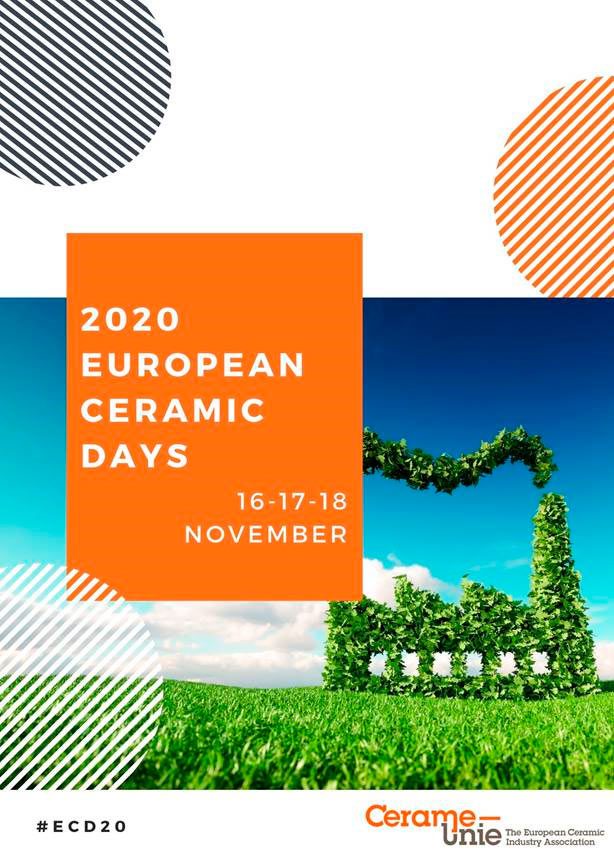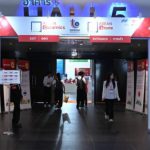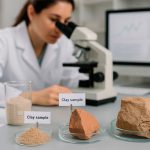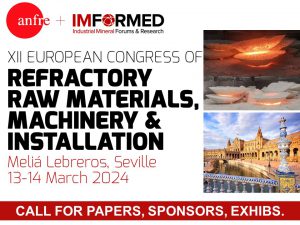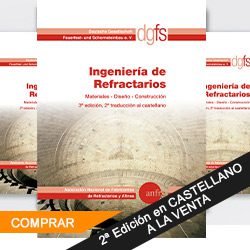El sistema arancelario de Reino Unido: UKGT
Poco a poco el mundo post brexit comienza a emerger: el gobierno de Boris Johnson ha publicado el nuevo sistema arancelario de Reino Unido, el denominado UK Global Tariff (UKGT). Este nuevo régimen entrará en funcionamiento el próximo 1 de enero de 2021 y diverge del Arancel Aduanero Comunitario en varios aspectos.

Para el sector siderúrgico y de primera transformación español, Reino Unido es uno de los mercados más relevantes: en 2019 fue el sexto destino principal de las exportaciones y el décimo origen de las importaciones.
Por ello, he realizado un breve análisis del impacto que ello supone para las mercancías de nuestro sector (acero, tubos, flejes, materias primas etc.) y ciertos sectores consumidores de acero (estructuras metálicas, automoción y componentes, bienes de equipo y transformados metálicos).
Impacto sobre el sector siderúrgico y de primera transformación de acero
Como se puede apreciar en el gráfico 1, los derechos aplicados sobre productos siderúrgicos y tubos de acero permanecen sin cambios. Es decir, que al igual que en el mercado comunitario, estos productos seguirán circulando libremente al mantener el “arancel cero”.
Algo similar ocurre en el resto de primera transformación: el gobierno británico mantiene el “arancel 0” en la mayoría de productos (83%), como en los flejes laminados en frío (anchura inferior a 600 mm), a la vez que ha liberalizado el resto (p. ej. los accesorios de tubería). En la Unión Europea los derechos aplicados se sitúan en el 3,7%.
La principal novedad se produce en los aranceles que se aplican sobre las materias primas (el arrabio, ciertas ferroaleaciones y los electrodos). En Reino Unido se han liberalizado mientras que los derechos comunitarios sobre algunos de estos productos se ubican entre el 7% – 1,7%.
Impacto sobre los sectores consumidores de acero
El impacto sobre los sectores consumidores no ha sido tan homogéneo como en el siderúrgico (gráfico 1). En conjunto hay una bajada de aranceles, si bien los derechos se mantienen en ciertos sectores estratégicos.

La liberalización y reducción de aranceles en el sector de bienes de equipo y el de estructuras metálicas ha afectado respectivamente al 79% y 76% de sus productos. En el primer caso, los aranceles británicos oscilan entre el 2% – 8% contra el 1,7% – 9,7% en la UE; mientras que en el segundo los derechos comunitarios rondan el 1,7% – 3,7% frente el 2% en el UKGT.
Del mismo modo, la liberalización y reducción de aranceles ha afectado al 85% de los productos del sector de transformados metálicos. El arancel promedio en Reino Unido se sitúa en el 0,8% contra el 2,7% de la Unión Europea.
En el sector de automoción y componentes se han reducido los aranceles de la mayoría de los productos (72%), si bien el 19% de las líneas arancelarias permanecen sin cambios (p.ej. el arancel del 10% que se aplica sobre los vehículos de turismo). Al igual que en el régimen comunitario y a pesar de la reducción, es uno de los sectores analizados con los aranceles más elevados: en la UE oscilan entre el 1,7% y el 22% frente al 2% – 18% británico (4,2%).
Comentarios finales
En resumen, el nuevo sistema arancelario de Reino Unido ha liberalizado y reducido los derechos de la mayoría de productos analizados.
Para los productores siderúrgicos británicos, este sistema les proporciona una pequeña ventaja competitiva al ahorrarse los aranceles de las materias primas.
El brexit podría afectar potencialmente a los fabricantes europeos de los sectores consumidores de acero al pasar a estar sujetos a aranceles. En el caso concreto del automóvil, la aparición de aranceles en ambos lados del canal de la Mancha podría alterar a la cadena de aprovisionamiento.
